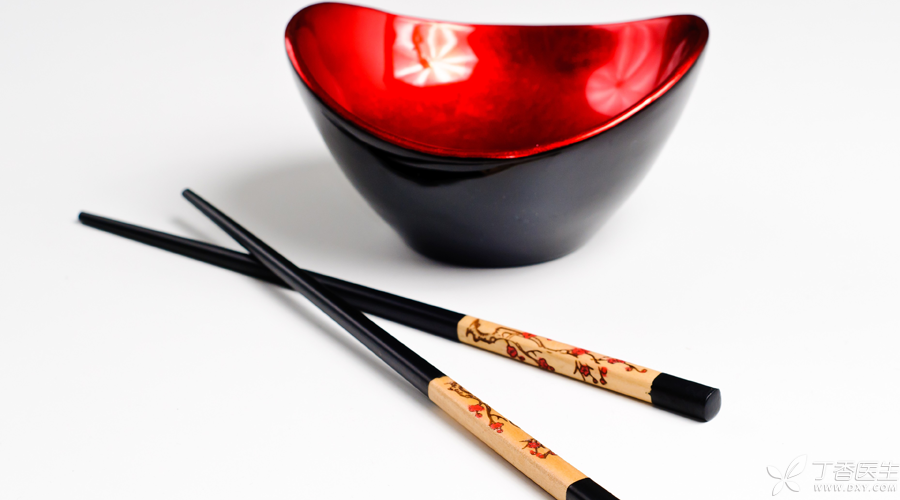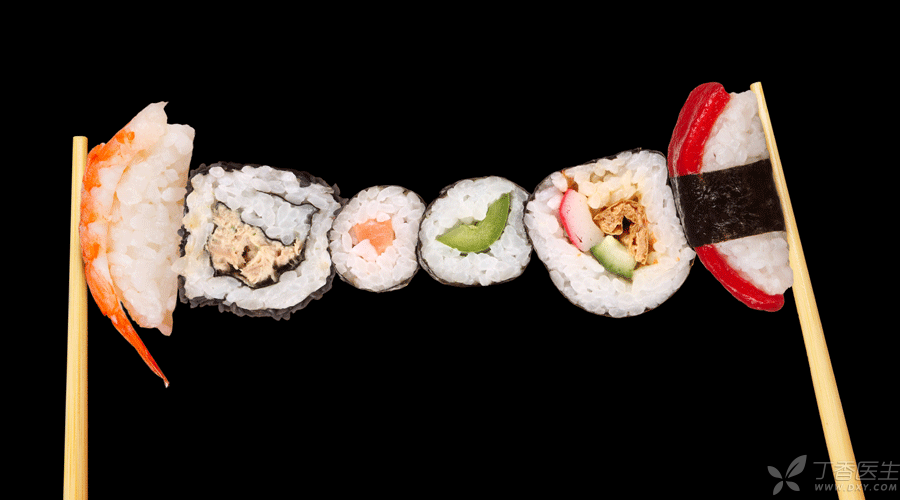
Tableware is indispensable to almost everyone, even if they are so poor that they can only beg for food or go to an empty gate to beg for alms for a living, a suitable set of [tableware] is also indispensable.
Many people will struggle, how often is it appropriate to change the bowls and chopsticks in this house? Which is better for tableware made of various materials on the market?
We often say tableware mainly includes bowls, plates, cups, chopsticks, spoons, knives and forks, etc.
Looking at all kinds of utensils for serving rice and wine handed down from history, it makes people vaguely feel that the preservation period of tableware seems to be thousands of years, and it is not difficult for what to use only one tableware for our whole life.
I can’t say that either. Tableware made of different materials has different life expectancy.
Wooden or bamboo products

Wooden chopsticks and bamboo chopsticks are very common, but they are difficult to preserve for a long time because they are easy to mold.
In contrast, bamboo chopsticks have a shorter life span.
This is mainly due to the special water absorption property of bamboo chopsticks, which makes them a hot spot for mold growth, especially the invisible interior, which may have an impact on health.
Is it time to change in what?
Generally speaking-
Bamboo chopsticks have been used continuously for a month or two, so it is time to change one batch.
The life span of wooden chopsticks is related to tree species.
Ordinary birch, fir or poplar are not much better than bamboo chopsticks and are not suitable for use for too long. However, high-grade wooden chopsticks may be made of chicken wing wood, mahogany or iron wood. The structure is compact. Even if mold occurs, it is mainly on the surface. It only needs to be washed and cooked for about 5 minutes to achieve disinfection effect and can be used continuously.
Plastic products
The appearance of plastic can be said to have successfully filled the pit where bamboo and wood materials are prone to mold.
However, there are also many hidden dangers in plastics. The most direct problem is easy aging.
For example, the most commonly used plastic for tableware is polypropylene, which is the special plastic lunch box for microwave ovens. Although polypropylene will not release toxic substances, long-term use, coupled with the effect of light, will still degrade and slowly soften.
Is it time to change in what?
In the process of aging, this kind of plastic often has a special crack (i.e. Craze). If this phenomenon is observed, it means that tableware should be changed.
Porcelain imitation plastic
Porcelain-like plastic, like its name, looks like ceramic, but it is actually plastic, and its main component is melamine-formaldehyde resin.
It is not afraid of light, but under the action of acid, it will decompose into melamine and formaldehyde. If you are often jealous, it is not suitable to use this kind of tableware.
Is it time to change in what?
Under normal conditions, the service life of this kind of tableware can last for several years, and there will be no obvious change when it is used all the time.
Speaking of which, we have also noticed that the service life of the above-mentioned materials is relatively limited, and it is difficult to expect them to be used for a lifetime, whether bamboo, wood or plastic.
Further, these are all organic materials, and their service life is always limited, while inorganic families have great advantages in this area!
If nothing else, all kinds of pottery left over from ancient times have silently explained everything.
Ceramics, Porcelain and Glass
Pottery, porcelain and glass are all made of silicate, but each has its own appearance because of the different raw material ratio and firing process.
Is it time to change in what?
Their life span depends on the degree of disruption caused by Xiong Haizi and pets at home.
Under normal circumstances, as long as you don’t break it, you can use it all the time, and it is not impossible to use it as a family heirloom.
Of course, this is not to say that these materials have no hidden dangers at all.
In order to be beautiful, pottery and porcelain are usually glazed and often contain some heavy metals, while glass is added with some metal minerals that increase refractive index (such as crystal glass made of lead).
If the processing process meets the standard, we don’t have to worry, but if we find that the colored glaze in the bowl fades when it is used, or the glass surface is frosted, there is no doubt that their quality is not high enough, and it is better to throw it away with pain.
Stainless steel, silver and copper products
The situation of metals, another member of the inorganic family, is slightly more complicated.
Today, the commonly used metal tableware is mainly silverware and stainless steel, and occasionally some copper products.
1. Stainless steel
If we only talk about service life, stainless steel’s extraordinary corrosion resistance will naturally stand the test of time and will not change much in a few decades.
However, unqualified stainless steel has the hidden danger of dissolving heavy metals such as chromium and nickel. Therefore, one must not be greedy for cheap prices and buy those [three noes] (no production date, no manufacturer and no production address).
2. Silverware
Although silverware is luxurious, it is easy to blacken during use and needs to be disposed of before use.
3. Bronze ware
As for copper ware, it is easy to corrode to form green copper rust, which will then enter the body with food and affect the body. Therefore, it is not recommended to use copper ware as tableware for eating.
Having said so much, in fact, for many people, the above analysis may not make any sense.
After all, isn’t there only one meal for the tableware life of the takeaway party?
